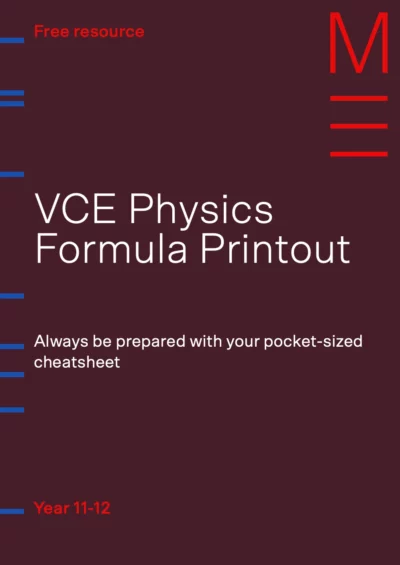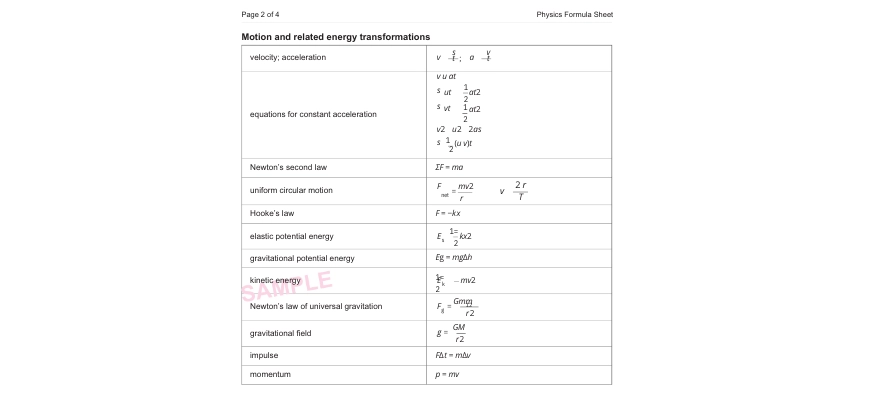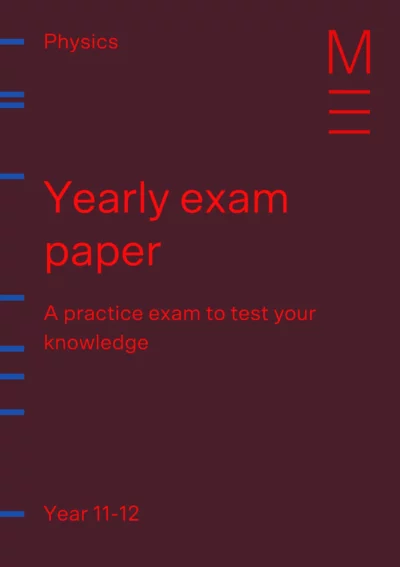Welcome to Matrix Education
To ensure we are showing you the most relevant content, please select your location below.
Select a year to see courses
Learn online or on-campus during the term or school holidays
Learn online or on-campus during the term or school holidays
Learn online or on-campus during the term or school holidays
Learn online or on-campus during the term or school holidays
Learn online or on-campus during the term or school holidays
Learn online or on-campus during the term or school holidays
Learn online or on-campus during the term or school holidays
Get HSC exam ready in just a week
Select a year to see available courses
Science guides to help you get ahead
Science guides to help you get ahead
Make the most of your Year 12 Physics exam formula sheet with these five essential tips! Learn how to quickly navigate the sheet and maximise your exam marks.

Join 75,893 students who already have a head start.
"*" indicates required fields
Related courses
The VCE Physics formula sheet provided in your Year 12 exams is a powerful tool that can help you efficiently solve problems and save valuable time. However, simply having access to it isn’t enough—you need to know how to use it effectively. Here are five key tips to make the most of your formula sheet during the exam.


Ace your next exam with all the essential formulas at your fingertips

Fill out your details below to get this resource emailed to you.
"*" indicates required fields
Before stepping into the exam room, you should already know where each section of the formula sheet is located. The sheet is divided into key topic areas such as motion, forces, energy, fields, waves, and electricity.
By knowing exactly where each formula is, you can reduce stress and save time searching for the right equation under pressure.

Recognising formulas is only useful if you understand what each variable represents. Many physics equations use symbols that may appear similar but have very different meanings.
For example:
Memorise the meaning of each symbol and the units associated with them to avoid silly mistakes in calculations.
Physics exams often test how well you can apply multiple concepts together, rather than just plugging numbers into single equations. The formula sheet can help you see connections between different topics.
For example:
By understanding these links, you can choose the most efficient equations to solve problems quickly and avoid unnecessary calculations.
While the formula sheet provides a wide range of equations, some essential formulas are not explicitly included. In addition, the formula sheet does not contain any instructions on how to use the formulas, the appropriate SI units, or what the symbols represent.
For example, you should memorise:
Additionally, unit conversions and SI prefixes (like nano = \(10^{-9}\), kilo = \(10^3\)) are on the sheet, but you should know them well to speed up problem-solving and quickly estimate orders of magnitude.
Physics exams often require you to rearrange formulas to solve for different variables. The formula sheet provides the basic versions of equations, but in many cases, you’ll need to rearrange them to suit the question.
For example:
\(v^2 = u^2 + 2as\), and rearrange it to, \(a = \frac{v^2 – u^2}{2s}\)
Practising these rearrangements before the exam will help you solve problems faster and avoid unnecessary mistakes.
Your Year 12 Physics formula sheet is a game changer in your exams, but only if you use it effectively. By familiarising yourself with its structure, understanding the variables, recognising conceptual connections, memorising key ideas, and practising rearranging equations, you’ll maximise your efficiency in the exam.
Use the formula sheet as a support tool, not a crutch. Like any tool, you have to use it correctly to achieve the right outcome! Combine it with strong problem-solving skills, and you’ll be well-prepared to tackle any physics question that comes your way.
Put your knowledge to the test with our Year 11 Physics yearly exam paper. Fill out your details below to get this resource emailed to you. "*" indicates required fields
Get ready for your Yearly Physics Exam

Get ready for your Yearly Physics Exam
Written by Matrix Science Team
The Matrix Science Team are teachers and tutors with a passion for Science and a dedication to seeing Matrix Students achieving their academic goals.© Matrix Education and www.matrix.edu.au, 2023. Unauthorised use and/or duplication of this material without express and written permission from this site’s author and/or owner is strictly prohibited. Excerpts and links may be used, provided that full and clear credit is given to Matrix Education and www.matrix.edu.au with appropriate and specific direction to the original content.